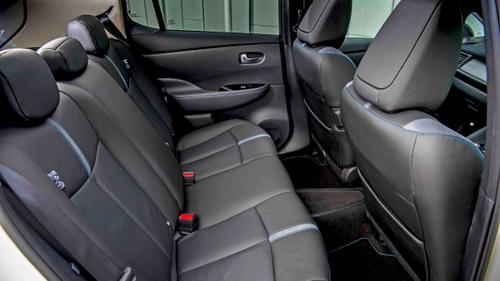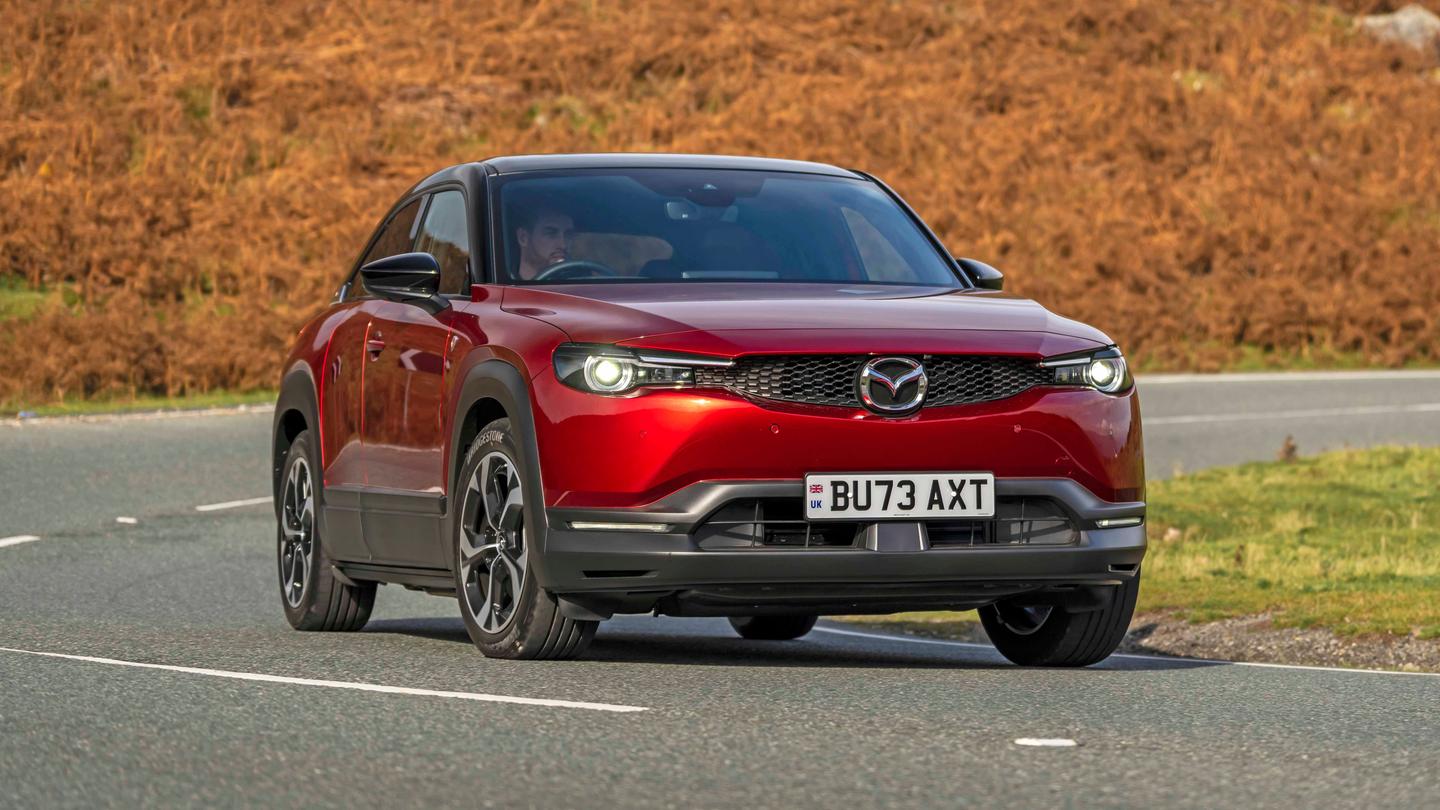
.jpg)
.jpg)
.jpg)
.jpg)
.jpg)
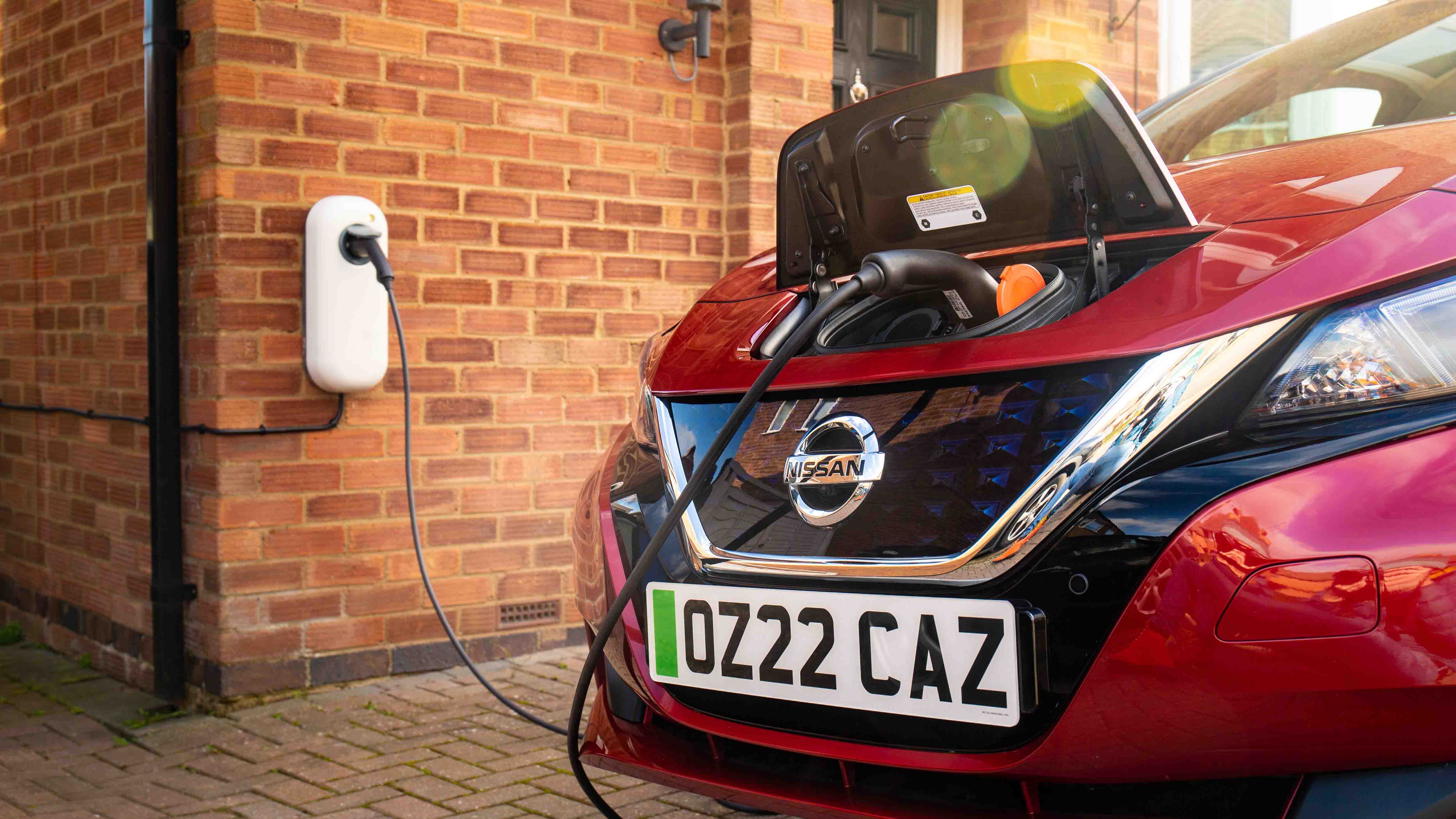
.jpg)
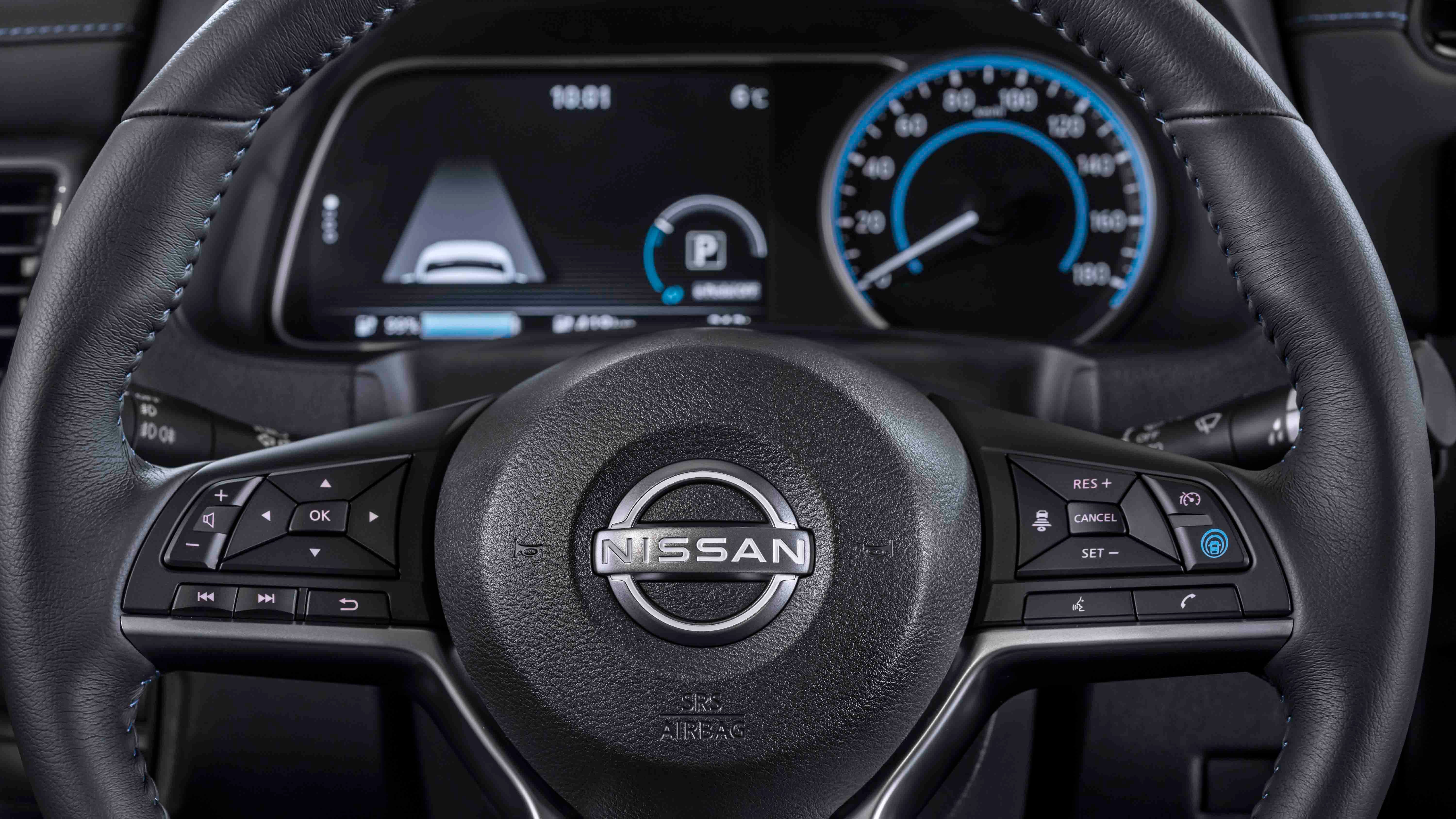
.jpg)
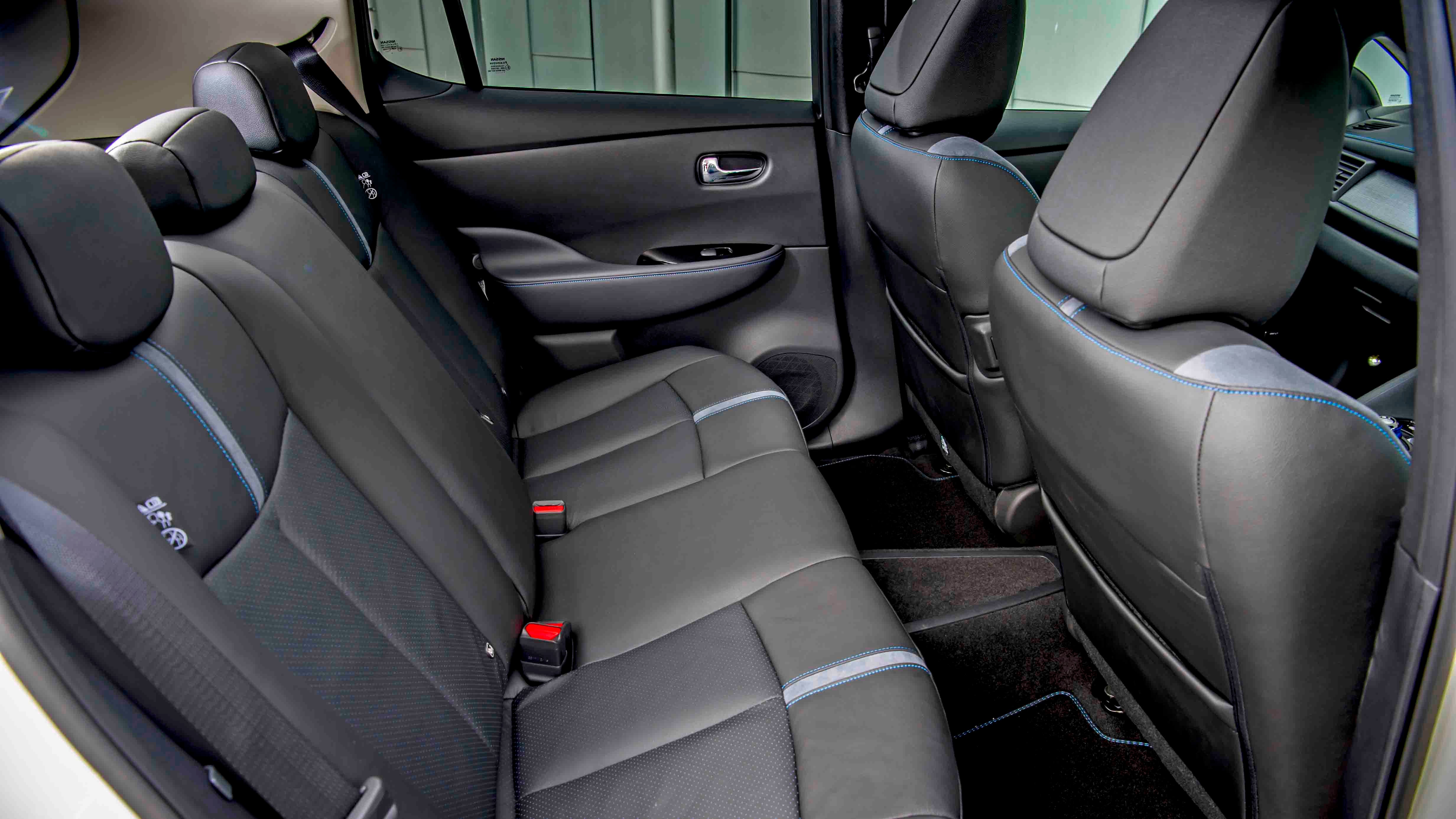
Used Nissan Leaf Review (2017-2024)
.jpg&w=1440&q=75)
The Nissan Leaf is one of the best-known EVs – until a few years ago it was consistently the world's best-selling electric car.
But you might not know that the Leaf is one of the best-value hatchbacks you can buy, electric or otherwise.
- Cheaper than rivals
- Familiar interior
- Larger boot than rivals
- Doesn’t have a long range
- Rivals can recharge faster
- Not the most desirable EV
Should I buy a Nissan Leaf?
All of our favourite electric cars owe their existence to the Nissan Leaf. So it deserves a bit more respect on its name.
You'll probably still think of the first-generation Leaf, sold from 2010 to 2017. That car had a very eco-friendly, tree-hugging image – perhaps deliberately – but a very short range and some odd styling. To make you realise it was something different.
This shape of Leaf is much more conservative and in-keeping with the rest of the family hatchback market. But, in the coming months, the Leaf will be replaced by a sleek coupe-SUV thing that wants to stand out. It wouldn't be a Leaf without an intense focus on efficiency and cheap running costs, though. Read more about the 2025 Nissan Leaf here.
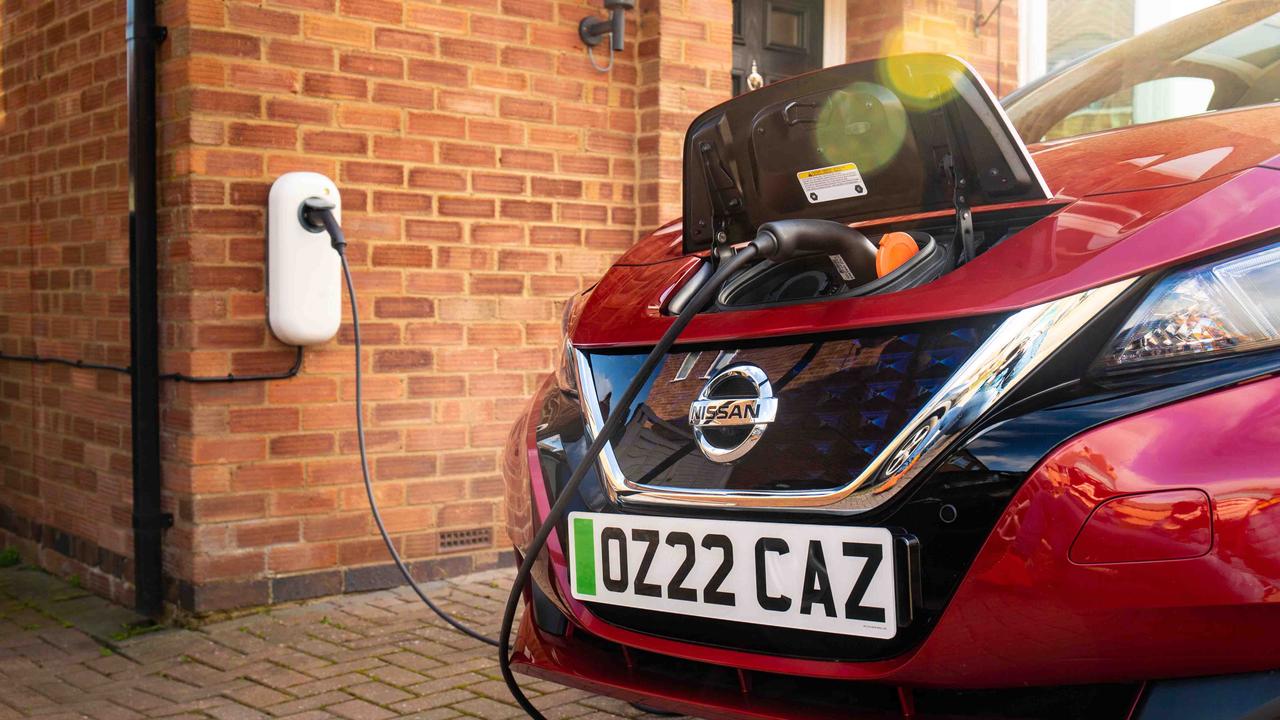
When it was launched, the outgoing Leaf’s 168-mile range was competitive – but electric tech has moved fast. Nowadays, that figure looks a little low compared to its nearest rivals, although it’ll still be plenty if you're mainly going to be using the car for commuting or as a second car. There is an e+ version with a 238-mile range, but this is less common.
With Nissan having launched its newest electric model – the impressive Ariya SUV – we’d have hoped that the pioneering Leaf might’ve got some of the Ariya’s tech. Besides a few minor updates, the Leaf is almost unchanged from when it first arrived. A shame considering the wide range of EVs now available.
Against rivals such as the Volkswagen ID.3, Renault Megane E-Tech and MG 4, the Leaf simply didn't stack up as a new car. But, on the used market, the Leaf represents fantastic value for money – as we write this you can get a three-year-old Leaf from Motorpoint for under £10,000! You’ll struggle to get a fuel-powered car that offers the same levels of space and equipment for the same amount.
The savings continue once you’ve driven off in your Leaf, too, especially if you can charge at home. Even without a dedicated EV home tariff, a full charge for a Leaf costs under £10. On the right tariff, a full recharge can cost less than £4, helping you feel like you’re the next Martin Lewis.
Interior and technology
Like the styling, the interior has been made a bit more normal for the current Leaf. You might spot that many parts of the dashboard are shared with other Nissans, with the touchscreen and steering wheel also seeing service in the Micra and the last-generation Qashqai. There’s also an info screen in the driver’s instrument cluster.
For the Leaf, these screens can show you useful EV-specific info such as battery health and whether the e-Pedal (one-pedal) driving mode is on or off. You can also access charging settings through the screen.
.jpg&w=1280&q=75)
The on-screen graphics aren’t the most modern-looking, but they’re very simple to read. Usability is enhanced by the physical buttons and dials on each side of the screen, with a particularly handy scroll dial for zooming in and out of the sat nav map. Most cars come with sat nav built-in, and all Leafs with a touchscreen get Apple CarPlay and Android Auto phone connectivity. Even the built-in nav shows nearby EV chargepoints and can plan a route based on how environmentally friendly it is.
Choose N-Connecta trim or higher and you’ll also get access to the NissanConnect Services App, which lets you preheat or cool the cabin and schedule when charging should start if the car’s plugged in.
N-Connecta adds climate control, heated seats, parking sensors and an Around View Monitor with Moving Object Detection (MOD) to the entry-level Acenta trim’s pretty decent equipment offering – alloy wheels, a rear-view camera and a host of driver assistance tech all feature as standard. Top-spec Tekna gets LED headlights, part-leather seats, a Bose sound system and semi-autonomous driving capability.
Practicality
You can pick up a used Nissan Leaf for roughly the same price as a Volkswagen e-Up, Mazda MX-30, Renault Zoe or Fiat 500e. The Leaf is noticeably more practical than all those cars, as it’s the same sort of size as a Ford Focus or Volkswagen Golf.
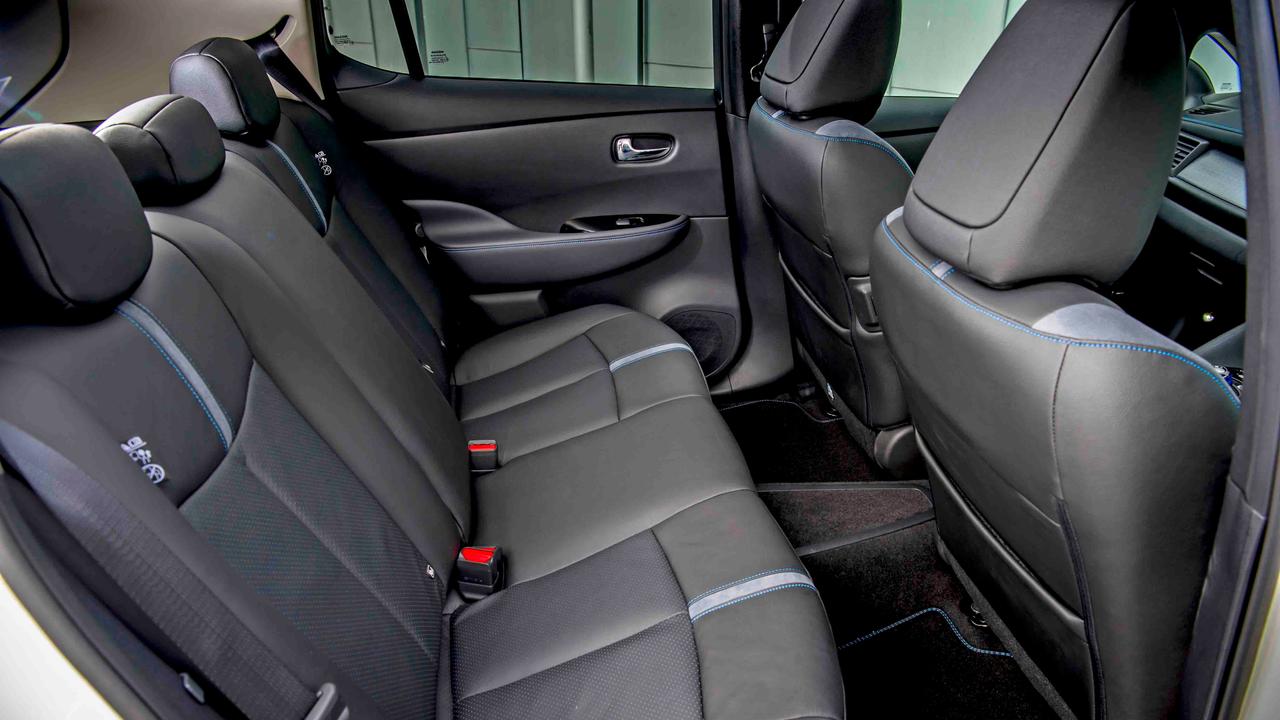
The batteries are stashed out of the way underneath the floor, so there’s plenty of space inside the cabin. You’ll fit four six-foot adults in with head and legroom to spare. Your passengers might find their knees tucked up a little – blame the higher floor – but otherwise the Leaf should be comfortable for long journeys. The fifth seat is only for occasional use, as it’s smaller and whoever’s sat there has a big transmission tunnel to avoid.
If your passengers are a lot smaller, there are two sets of Isofix points in the back seats. Wide-opening doors and a marginally higher ride height than something like a Focus make it nice and easy to get kids in and out.
A bulky pushchair will easily fit in the Leaf’s 435-litre boot, which is a really good size. It’s 50 litres more than what’s on offer in the Volkswagen ID.3, and about 80 litres north of the MG 4. A couple of big suitcases or a fortnightly shop will fit snugly in the Leaf’s boot, and there are nets to hold smaller items. We’d like somewhere to store the charging cable, but it shouldn’t be a problem for most drivers. When you need more luggage space, the rear seats fold in a 60:40 split.
Range and performance
The majority of current-shape Nissan Leafs come with a 150hp motor and a 39kWh battery. Those figures are hardly groundbreaking but they’re more than enough for family life or commuting. Nissan’s official range figure is 168 miles – you can expect 150 miles or so in good weather and probably closer to 110 miles in colder conditions.
Long journeys are possible but need a bit of forward planning. In addition to the standard UK/Europe Type 2 connector for AC charging, the Leaf can DC fast charge using a CHAdeMO connector, which has been mostly phased out from new UK EVs. Thankfully, there are still plenty of CHAdeMO fast-chargers up and down the country, and a recharge to 80% takes around an hour.
.jpg&w=1280&q=75)
For home charging, look whether your Leaf has the 6.6kW charger fitted – which you can find in the 'electric car data' section of the vehicle specs panel on our used Nissan Leaf adverts. Most do but it was an optional extra in the past. If it’s fitted, a home wallbox will fully recharge the battery in seven hours – ideal if you charge it while you’re asleep.
A rarer choice is the Leaf e+ model, which has a larger battery for a near-240-mile range. Hunt this one out if you think you’ll suffer from range anxiety, or if you want quicker acceleration from its 217hp motor. But even the standard Leaf offers that addictive instant shove you get from many electric cars, allowing you to get up to speed without any fuss and to exploit gaps in traffic. Zero-to-62mph takes 7.9 seconds in the standard Leaf, and around seven in the e+ version.
Driving and comfort
It might surprise you that the Nissan Leaf is really nice to drive. We’ll stop short of saying it’s fun, but it’s a very pleasant driving experience. If this is your first experience of driving an EV, you might well be hooked.
Around town is where the Leaf shines brightest. As well as the instant response of the motor, giving you a few extra mph with a tickle of a toe, you can use the e-Pedal system to swiftly bring you to a stop without even using the brake pedal. Just using the accelerator pedal might take a little bit of practice, but it soon becomes second nature – and the system scoops up energy to boost range.
The steering is light but direct, making it ideal for driving around town. At higher speeds, the steering doesn’t become fidgety and annoying, and the Leaf remains quiet and comfortable. The suspension occasionally feels a little firm – it needs to be to control the weight of the battery – but there’s not much body roll so it won’t feel wayward in corners.
































.jpg&w=500&q=75)
.jpg&w=500&q=75)
.jpg&w=500&q=75)
.jpg&w=500&q=75)
.jpg&w=500&q=75)
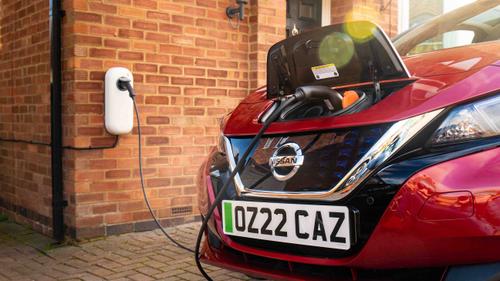
.jpg&w=500&q=75)

.jpg&w=500&q=75)
